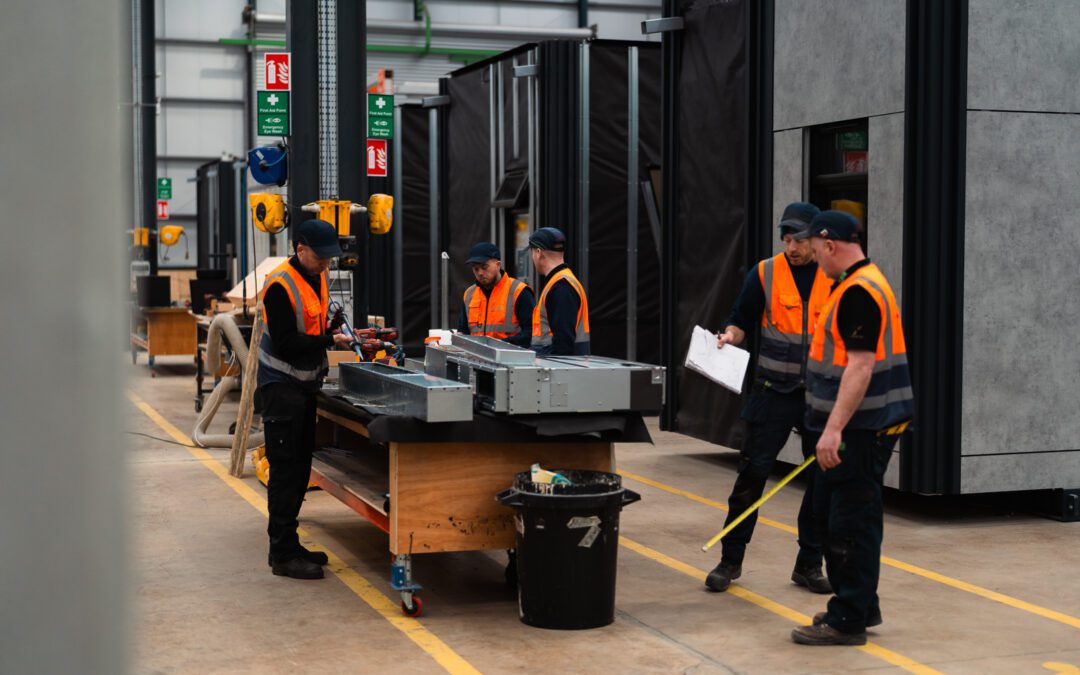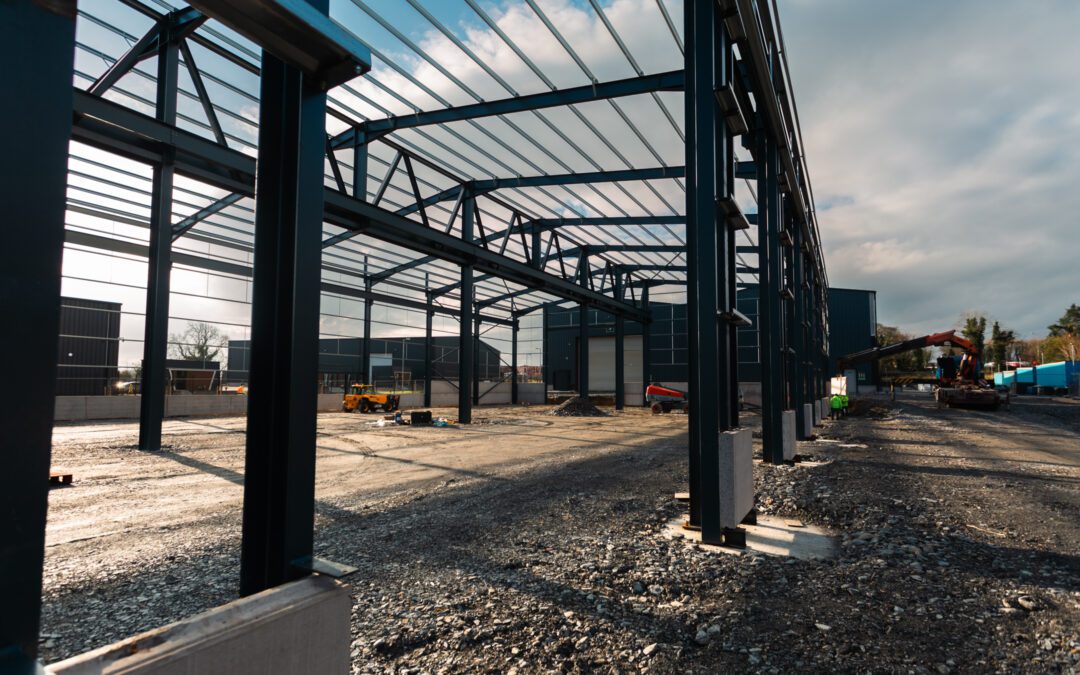Modular buildings can provide a flexible solution and are an inexpensive and relatively portable way to construct interior spaces. But as with any other type of construction, they come with a host of regulations. Here we look at some of the building regulations that may be required.
Planning Permission For Modular Buildings
As of 2025, modular buildings intended to remain in place for more than 28 days generally require planning permission, similar to traditional structures. However, exceptions exist, such as temporary structures or specific agricultural uses. It’s advisable to consult your local planning authority to determine the specific requirements for your project.
Building Regulations 2010
Building Regulations 2010 is a set of rules from the government that updates the former Building Regulations 2006. The new regulations say that companies must seek approval if they plan on building a new building (including modular buildings) or want to make a change to an existing building. For instance, they must seek approval to do things like put in air-conditioning systems, remove bathroom electrics, or replace roof coverings on a flat roof.
Building Regulations, therefore, are different from planning permission. In planning permission, planning officers decide whether you can go ahead with your build based on how it will affect other people in the local community. Building regulations, on the other hand, refer to the methods that you use to construct the modular building itself, and whether it is safe. They are, therefore, a set of standards to which you must adhere, once planning grant permission for work to begin.
The Building Regulations 2010 encompass standards for safety, energy efficiency, and environmental performance. Recent amendments have introduced more stringent requirements, particularly in the following areas:
Fire Safety
New regulations effective from January 2025 mandate that temporary modular buildings, especially those stacked vertically, must achieve at least 30 minutes of fire resistance in their structural components, following BS EN 13501-2 standards.
Additionally, the Joint Code of Practice (JCoP) 10.1 Edition requires that materials used in temporary buildings do not significantly contribute to fire growth or smoke propagation.
Ventilation
Just as with regular buildings, modular buildings have to abide by ventilation regulations set out in the Building Regulations 2010. Approved Document F has been updated to enhance indoor air quality and energy efficiency. These changes are part of the UK’s efforts to meet the Future Homes and Buildings Standard, focusing on improved ventilation systems in new constructions.
Energy Efficiency
The Building Regulations 2006 provided energy-efficiency criteria for builders. Since then, the Building Regulations 2010 have increased the energy efficiency standards by 25 per cent and require higher insulation requirements and the adoption of low-carbon heating systems.
Fire Detection And Alarms
The Building Regulations 2010 II B1 state that all modular buildings must provide fire alarm systems of some kind, alongside detailed specifications of the fire strategy of the building. It also states that the means of raising the alarm should be simple and that people should understand what it means. In practice, this means having an alarm that sounds like a siren. The precise way in which you must apply fire detection and alarm systems depends not on the modularity of the building, but on its classification.
Understanding building regulations is vital to the success of any project. When companies do not understand how they apply to modular buildings, they can find themselves having to make costly changes to the design. Sometimes, the authorities will demand that you demolish the building and install one that meets the standards assigned by the law.





